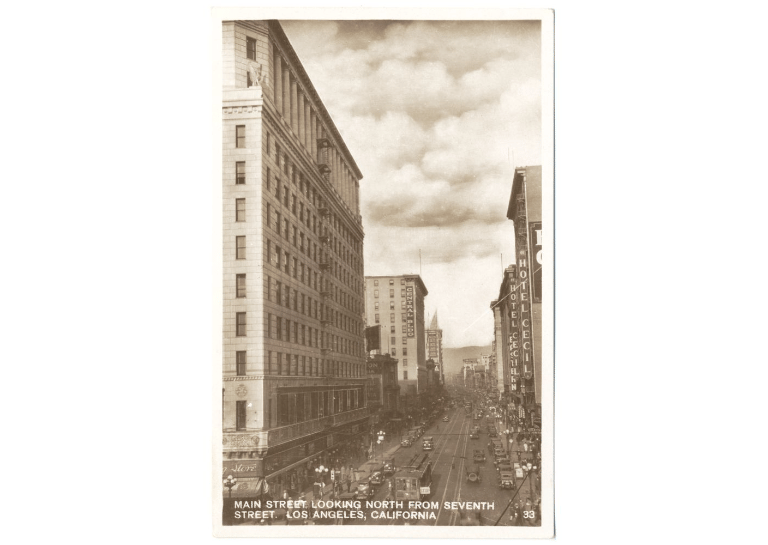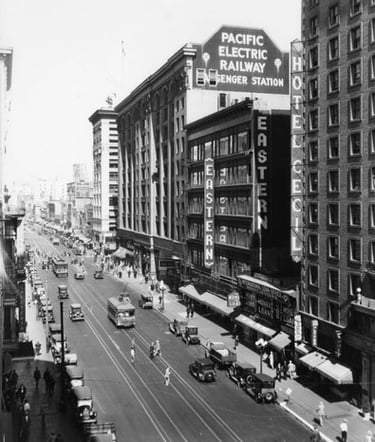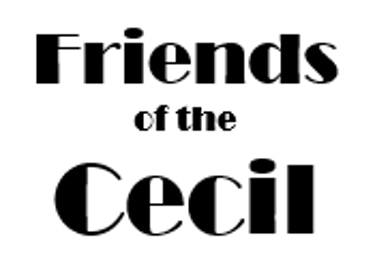A Positive History of the Hotel Cecil
The Hotel Cecil in downtown Los Angeles has one of the most talked-about histories of any hotel in the city—but beneath all the sensationalized stories, it has always been a place of transformation, resilience, and community.
Built in 1924, the Cecil was built as a grand hotel meant to cater to business travelers and tourists. Its elegant marble lobby and stylish architecture reflected the optimism of the era. But like much of downtown LA, the Great Depression hit hard, and the Cecil found itself adapting to a changing city. Over the decades, as Skid Row expanded around it, the hotel became a refuge for those in need—a place where people from all walks of life sought shelter, whether for a night or a lifetime.
One of the lesser-known but deeply meaningful aspects of the Cecil’s history is its connection to the early days of Alcoholics Anonymous. In 1940, a man named Glenn W. traveled to Los Angeles to get sober. He checked into the Cecil Hotel and found his way to a local AA meeting. Inspired by the support he received, he went on to help establish the first west coast chapter of Alcoholics Anonymous, and the first public meeting of AA was in the mezzanine level of the Hotel Cecil. The Cecil, in its own quiet way, became part of the larger story of recovery in Los Angeles—one of the many places where someone struggling found a glimmer of hope and a path forward.
Despite its ups and downs, the Cecil has remained a constant in the evolving landscape of downtown. It has provided affordable housing for thousands, offering a roof over the heads of people who might not otherwise have had one. More recently, the hotel transformed into permanent affordable housing, giving people a second chance and a stable place to call home.
While many focus on its more notorious past, the truth is that the Cecil is a place of survival and renewal. It has stood through nearly a century of Los Angeles history—weathering economic shifts, cultural changes, and urban revitalization. And today, as it continues to serve those in need, it remains a symbol of hope, second chances, and the enduring power of community.




